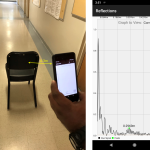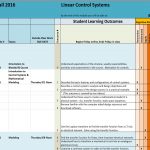Teaching Signal Processing Applications using an Android Echolocation App
Abstract
An Android application that realizes an audible version of echolocation has been implemented. Bundled within the app are videos, notes, problems, and discussion questions, thus creating an “eModule”. The eModule contains material that is relevant to several educational levels including K-12 and undergraduate engineering. By using the echolocation features of the app, at the K-12 level, teachers are able to introduce labs, and science and engineering practices into their lesson plans. By using data collection and interpretation, undergraduate students can be exposed to various concepts in signals and systems, digital signal processing, and machine learning.


